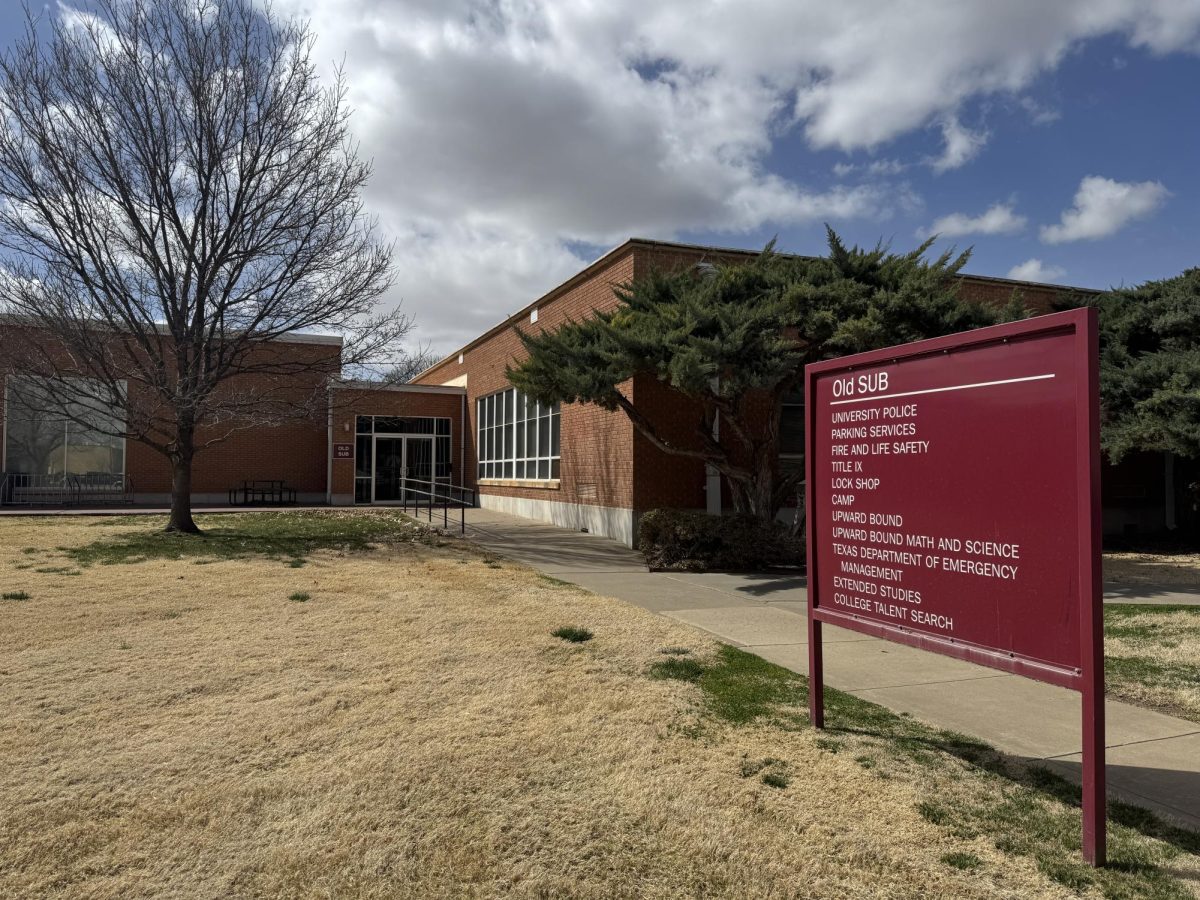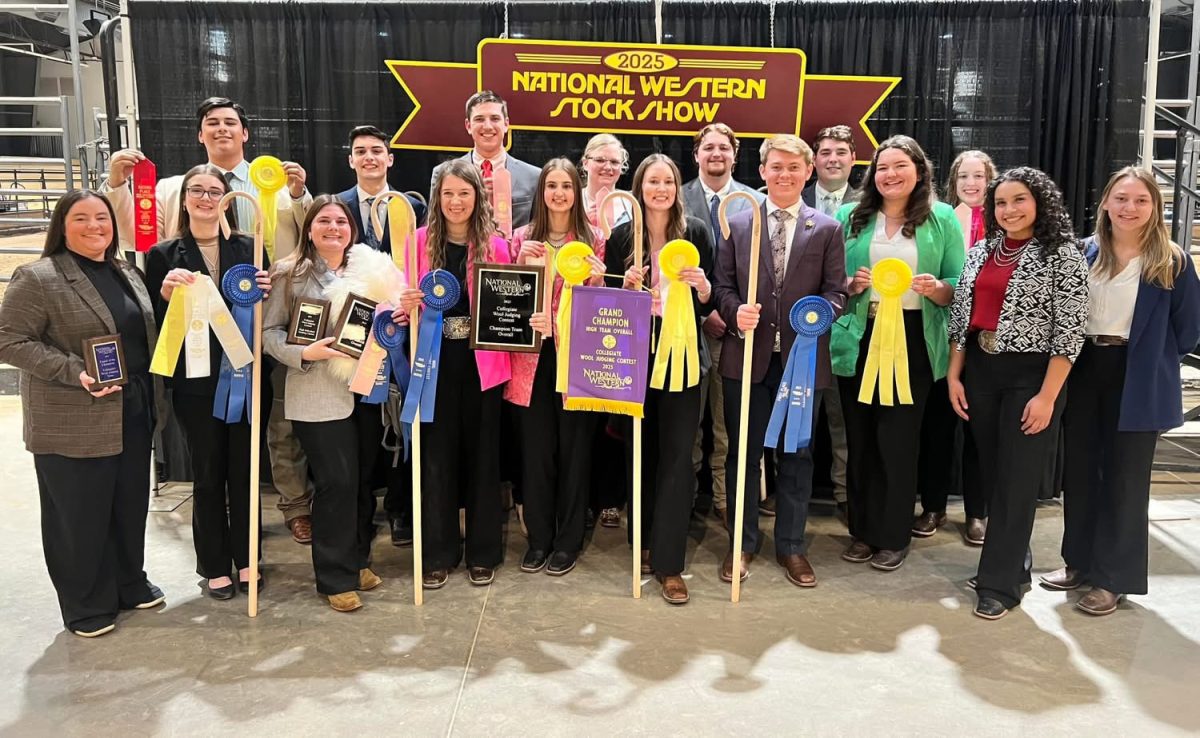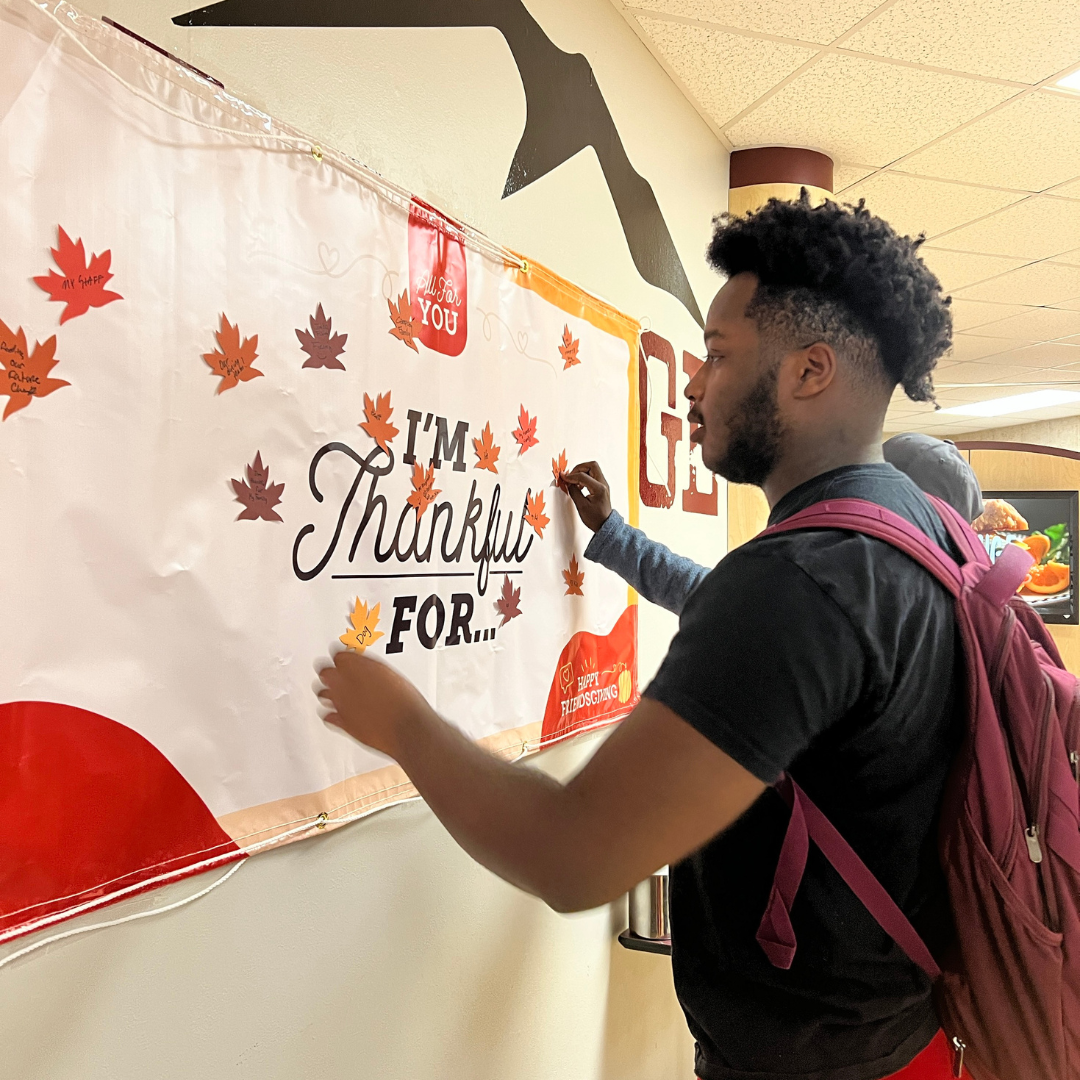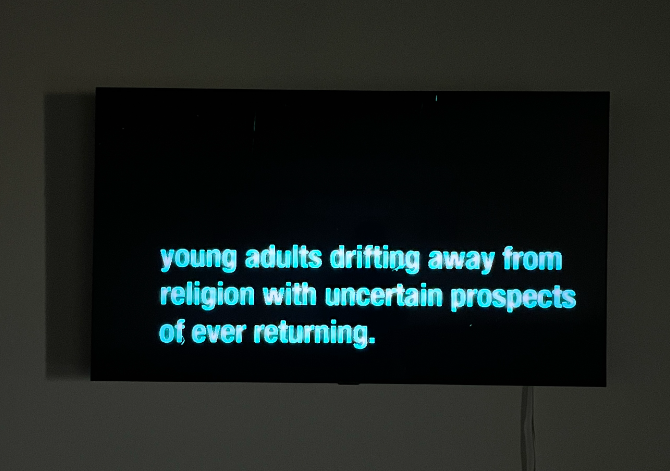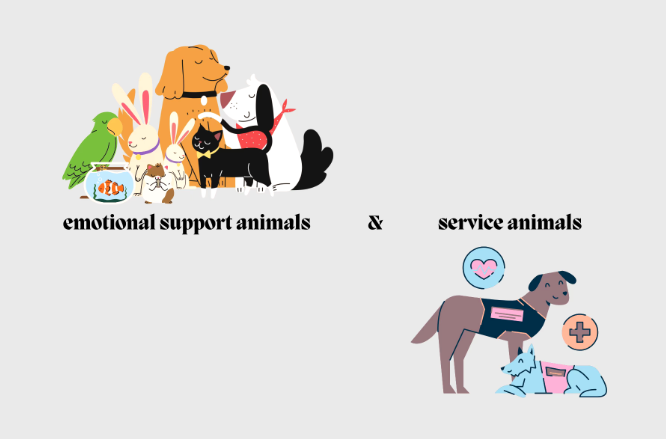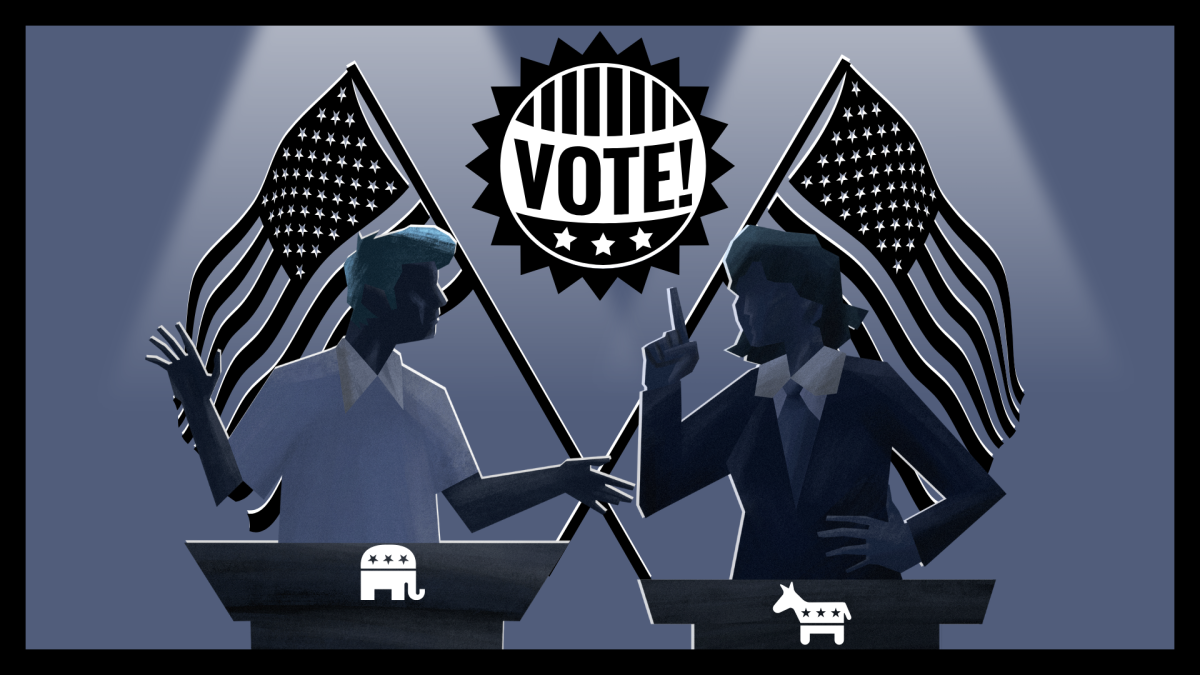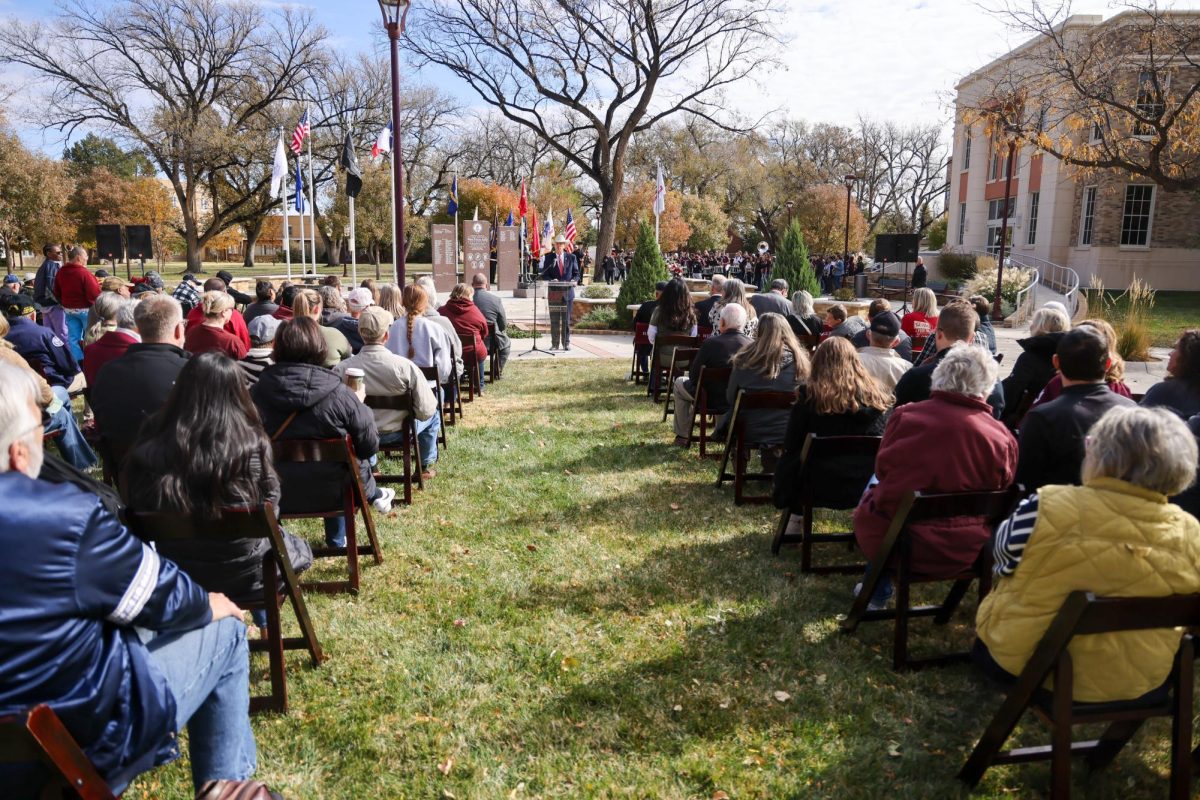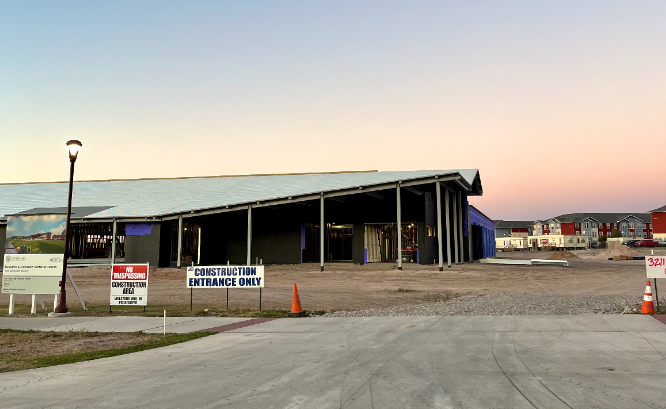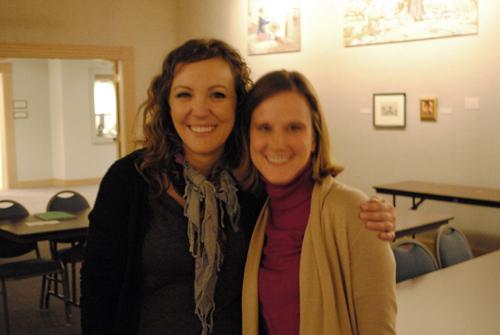
The Panhandle-Plains Historical Museum hosted a lecture on March 10 at the Hazlewood Lecture Hall called “Feminist Perspectives: Past and Present.” The two lecturers included WTAMU Assistant Professor of Art History Dr. Amy Von Lintel and recent WT graduate Sara Davis, who discussed the role of feminism in society and art.
After being introduced by Becky Livingston, the museum’s special projects coordinator, Von Lintel gave a brief description about the history of feminism and she keyed in on some of the main components in art history. She reviewed some of the issues women have had including unequal rights, not being respected, not being accepted in the workplace and not getting paid equally.After Von Lintel, Davis started with a brief history of who she is and how she got to the point she is at today. Davis started attending classes at Amarillo College, but then dropped out to get married and start a family. She said she did not want to spend time telling her sob story, but basically found herself in an abusive relationship. Her family helped her and her son leave that life behind, and her father pushed her to go back to school.
After getting her associate’s degree at Amarillo College, she transferred to WT to get her bachelor’s degree in studio art. She said she did not feel beautiful so she spent a lot of time working on vaginal forms of art. She thought if she could take the ugliest part of her and make it beautiful, she could feel beautiful.
“I was trying to deal with my feelings of hate and anger,” Davis said. “It felt like something I needed to get out.”
When Von Lintel started teaching at WT, Davis was drawn to her.
Davis told her, “I want to know everything you know about feminism and feminism and art.”
Von Lintel helped her in her journey to learn as much as she could about feminism and the art associated with it.
Davis received the Kilgore Research Grant, which she used to research feminism in the Panhandle. She interviewed 13 different women. She found women of different ages, races, social levels and income levels.
After talking to all of these women, she studied the video interviews to analyze everything about them including their mannerisms, the way the spoke and the clothes they were wearing. With this information, she created performance art by reenacting all of the videos to create one where she represented all of the women. The video is called “The Research of Identity: The Surveyor and the Surveyed.”
“It made me realize we are all very different, but so much alike,” Davis said. “Being each woman I had to empathize in order to be her.”
Davis then showed the video and made a couple of interruptions throughout to discuss some of the questions she was asking. She asked the interviewees questions about who they are, their role in society, other people’s perspectives of them, how they viewed themselves and others, their definition of feminism and how they felt the area was an influence in any of these factors.
The answers varied, but many interviewees believed feminism is still alive and is important, many believed themselves to be strong and confident women, many still feel an inequality between men and women, many felt confined and more judged in this area and many liked themselves, but had things they would change.
“I thought it was a good video,” Emily Lee, junior Emergency Management major, said. “I thought she well represented the people she interviewed.”
When questioned about not showing an obvious physical difference in races, she said she did not want to rude to or mockingly portray anybody.
“I am being these women as myself,” Davis said.
By doing the research and creating the video, Davis came to the conclusion that everyone has to be strong and confident about their perceptions and she could no longer question herself.
“I thought it was a very interesting artistic expression, very creative,” WT Associate Professor of History Jean Stuntz said.
Davis said she could define feminism in three words, which included movement, community and connectivity. She said feminism is about everybody and it is about perception and community.
“You don’t have to believe the same thing, but you have to stand together,” Davis said.
Davis is now working for a museum in New Mexico and hopes to expand her research by creating performance videos about feminism in other areas of the country.



